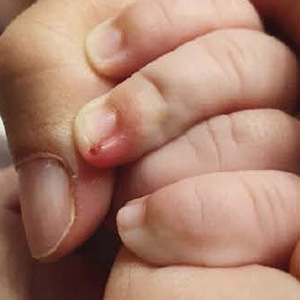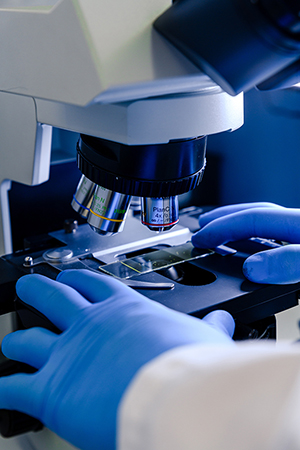New therapeutic applications of ozenoxacin in superficial skin infections

All claims expressed in this article are solely those of the authors and do not necessarily represent those of their affiliated organizations, or those of the publisher, the editors and the reviewers. Any product that may be evaluated in this article or claim that may be made by its manufacturer is not guaranteed or endorsed by the publisher.
Authors
In recent years, the incidence of community-acquired methicillin-resistant S. aureus skin infections (CA-MARSA) has increased in pediatric population without associated risk factors. Ozenoxacin 10mg/g is a topical quinolone that has shown high activity on strains of S. aureus, S. pyogenes and other Gram-positive bacteria sensitive and resistant to methicillin, other quinolones, mupirocin and fusidic acid. Ozenoxacin 10mg/g cream was applied twice a day for 5 days in pediatric patients with superficial skin infections other than non-bullous impetigo where oral antibiotics were not needed. Therapeutic success was achieved in 93.7% of the patients after 5 days of treatment, with a 98.2% decrease in the mean SIRS scale of symptoms. No adverse reaction was reported during treatment. Given the achieved effectiveness, safety, and adherence of the treatment, we believe that pediatricians should consider this topical antibiotic for the treatment of other superficial skin infections, without limiting its use to non-bullous impetigo.








